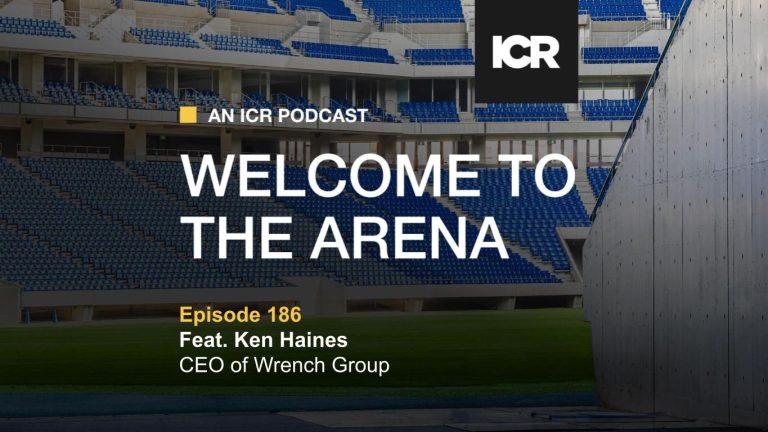An analyst day can be a valuable investor relations tool when executed well. Hosted by your company for buy- and sell-side analysts, it can aid analysts in better valuing your stock and give them a deeper understanding of your company. But the details are critical to make the event truly succeed. Here are 24 best practices to follow as you plan your next analyst day.
Analyst Day Timing
Frequency and timing: ICR surveyed the investment community and unless there are truly material changes, respondents prefer an analyst day be held every 24 to 36 months (not more often). When you do hold one, consider timing the event to coincide with other industry events to maximize attendance and participation. Large-scale investor days are best done early in a company’s business-recovery cycle, allowing investors the benefit of lead-time as business improvement plans begin to take effect.
Select the right date: Poll your top analysts with a handful of date options to make sure you select one that works for them.
Guidance timing: If providing guidance, consider holding it until the end of the event to give investors reasons to attend. Of course, be sure to coordinate with legal counsel and the stock exchange if taking this approach.
Have a compelling hook: An analyst day needs a solid “hook.” You can’t just show up without saying something new, providing an analysis, pivoting on an existing thesis, etc. The hook is critical to help accelerate momentum coming out of analyst days, too. Analyst Days are a huge organizational lift to pull off and a successful hook helps everyone to feel like the effort was worth it.
Save the date: Five to six months ahead of the event date, send a targeted save-the-date to sell- and buy-side analysts and the top 15-25 shareholders (if space is limited).
Press release: Issue a press release about two weeks ahead of the date so that it is formally disclosed, but you don’t get inundated with requests from retail investors or hedge funds.
Final attendees: Send a final communication/invite with the agenda a week in advance only to those that have confirmed attendance.
Webcast/presentation timing: Send the webcast announcement of the event 1-2 days prior. Post your deck ahead of time so people can review it before the event starts.
Planning & Location
Location: A convenient venue with good food goes a long way to bolstering attendance. For small cap companies especially, consider holding the event at your headquarters. An outside venue adds to the cost and many people may just dial in anyway. Instead, host your analyst day cost effectively at your headquarters and see who’s really interested.
Hotel block: Reserve a block of hotel rooms and distribute to invitees to encourage major holders to make plans.
Duration: Keep the entire event length to 3- 3.5 hours. If a tour of a facility or facilities is a part of the day, it’s ok to add some extra time.
Format & Presentation
Reception: Consider hosting a reception the night before to provide a venue to interact with investors/analysts in a casual environment.
Show bench strength: Involve members of the leadership team that are not typically investor-facing. Ensure the entire team receives RegFD training ahead of time.
Q&A: The most common investor complaint following analyst days is insufficient time for Q&A. Break the day into 3-4 segments with 10 minutes of Q&A after each individual section, and then a longer (30-40 minutes) session at the end.
Third-party participation: Bringing in third parties — customers, suppliers, partners — can go a long way to offer validation of a business model. In the case of biotech companies, key opinion leaders (KOLs) are a natural choice.
Customer panel: Impactful analyst days often include a panel of customers. Participants get to hear directly from clients about their experiences; why they chose the provider; how they view the competition, etc. Of course, customers should be chosen carefully to ensure strong relationships and prepared in advance to confirm their perspectives are supportive and aligned. However, the reality is that analysts can and will access customer perspectives on their own, so providing them with options that are hand-selected by the company as part of an analyst day could be a valuable addition.
Product and Technology Demos: Take advantage of the opportunity to have analysts and investors physically together in one location to provide a first-hand experience with new products or technologies, especially in cases where they are otherwise difficult to access publicly (e.g., for B2B companies). If actual product demos are not possible, developing compelling video that shows them in action is secondary option.
Break-outs: Break-out stations are key for attendees, and help limit the amount of time they are seated listening to presentations. Have individual stations staffed by subject-expert members of management that showcase the bench strength and allow analysts and investors to get more granular on company or product categories. Plan to rotate small groups through each station every 10-15 minutes.
Lunch/Dinner Table Hosts: At the event dinner or lunch, have select executives host tables so analysts get additional time with key team members.
Sizzle reel: A 2-3 minute punchy sizzle reel can be effective to highlight the business, products, etc. Play it just prior to the presentation or even throughout the venue on smaller screens.
Other Considerations
Perception study: It is very important to conduct a perception study ahead of the event to make sure you know what the market is thinking and will be looking for from the company at the event.
Media invites and management: Consider the value of a media program around your investor day.
- Coordinate any exclusive/embargoed coverage of big announcements in advance.
- Invite select media to join in person but ensure full staff management of media so they aren’t casually mingling with non-spokespeople, board, investors or analysts.
- Schedule select 1:1 meetings with leadership and media in advance.
- Arrange demos for media and ensure subject matter experts staffing the demos know when they are speaking with media vs. other attendees.
- Create name badges that clearly mark media with different color print borders or lanyards than other attendees. In fact, it is a general best practice to mark different groups in different colors (company, investors, analysts, media, partners/customers, etc.).
Know your audience: Don’t take hours and hours of time if no one is dying for it. Businesses with low visibility can’t really give long-term targets.
SWAG: Well, of course, everyone likes free stuff! Consider appropriate branded items that convey the core messages or themes of the day to provide a reminder to all attendees when they return to their offices.
Following these few tips will put your company on the path to a successful analyst day. For more tips on IR best practices including IR planning, providing guidance, earnings calls, investor presentations, analyst days, and more, download our Investor Relations Primer.



